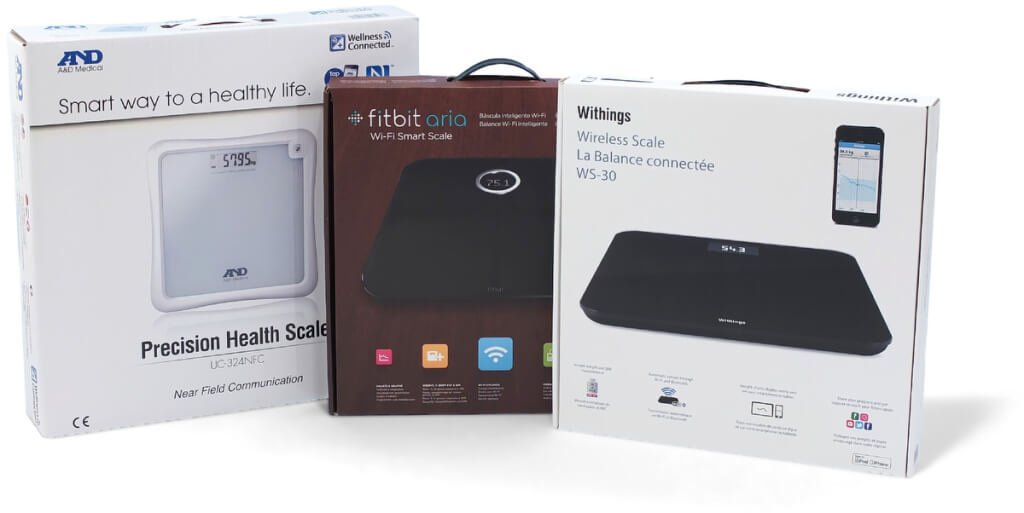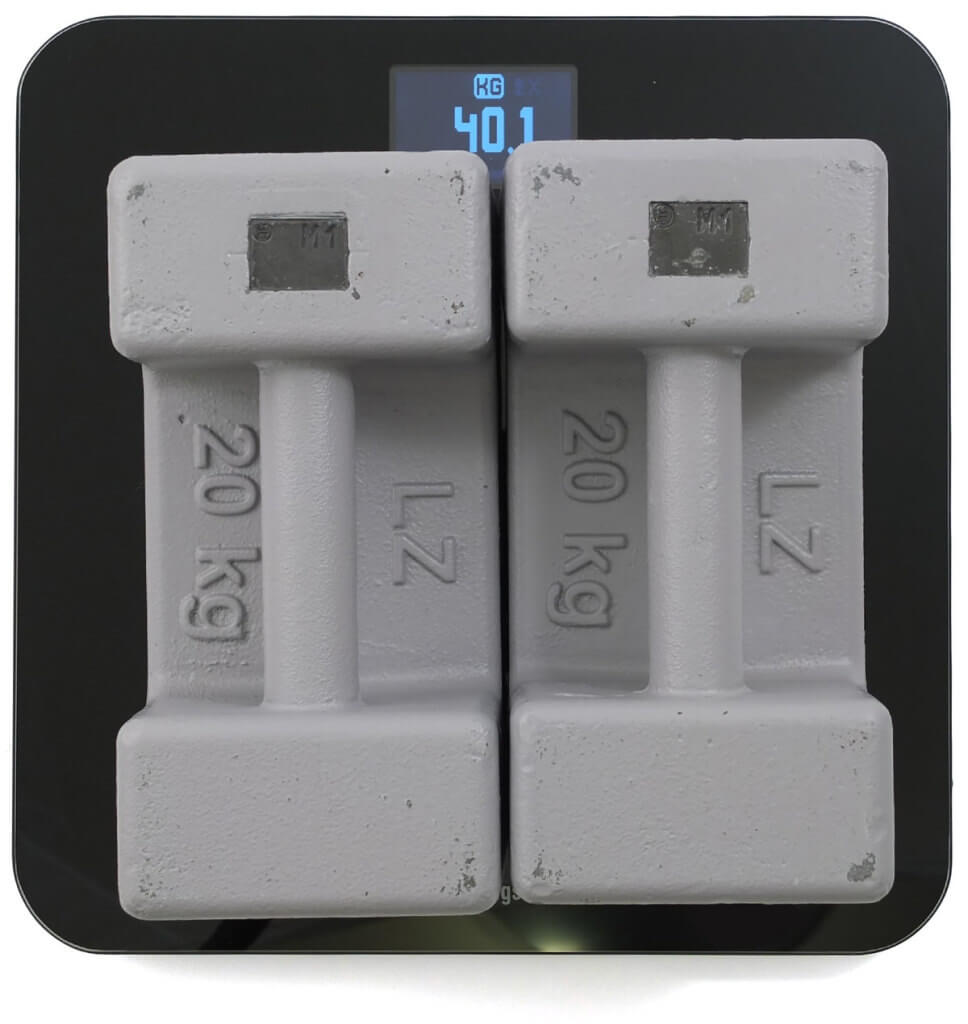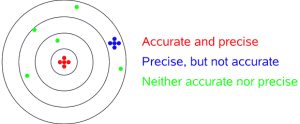The first scale with a touchscreen display that I ever used (not made by Ohaus) took a while to start up, reacted sluggishly and – if I remember this correctly – required me to set up a user account before it would let me actually use it. That was a few years ago, but still, I was a bit skeptical when Ohaus announced that the newest model in their legendary Scout series would now have a touchscreen, too. However, after purchasing the cheapest Scout STX (the STX 421) and testing it extensively over several weeks, I can say that my worries were unfounded.
Startup time
As you can see in this short video, the Scout STX is even faster than the Ohaus Ranger 3000:
Settings
How many scales can truly claim to be so easy to set up that you never have to look at the manual? As an example, here’s how you change the language: Touch “Menu”, then you’ll see 8 settings, of which “Balance Setup” looks the most promising. You’ll now see another seven settings with “Language” being the first one:
Should you ever find yourself somewhere you didn’t want to go, you can simply touch “Back” to go back to the previous screen.
Somewhat embarrassingly, the only thing I actually had to look up was how to change into another application mode: Instead of going through the menu, you simply touch the application name shown in the top left corner of the screen.
9 applications
The touchscreen really shines when it comes to different applications. As you can see in this video of me using the parts counting mode with auto-optimization, the STX can even replace a dedicated counting scale:
12 seconds into the video, you can see that the scale displays a numpad to let me enter the average piece weight or number of samples. There’s simply no way to achieve this kind of application flexibility and user friendliness without a touchscreen.
Touchscreen disadvantages
One common complaint about touchscreens is the lack of tactile feedback. Fortunately, the most frequently used buttons on any scale, ON/OFF/Zero and Tare, were still kept as physical buttons on the Ohaus Scout STX.
You also have to consider that the fairly large screen needs a lot of power. The Scout STX can be used with four AA batteries, but those won’t last more than a few hours (6 according to Ohaus). It’s certainly a good idea to use the included power adapter whenever possible.




